The OnePlus One Review
by Joshua Ho on November 19, 2014 8:00 AM EST- Posted in
- Smartphones
- Android
- Mobile
- OnePlus
Final Words
The OnePlus One is quite possibly the most interesting phone I’ve seen in a while, and reviewing this device was extremely difficult due to how frustrating some aspects of the device were. OnePlus itself is a company that seems to come from nowhere, although it’s evident to some extent that OnePlus and Oppo are currently quite close in the production of these devices as a great deal is shared with the Oppo Find 7A. Aside from this, the One is a critical device as it seems to be the phone that could be the first to kill the concept of a 650 USD flagship smartphone. In order to figure out whether OnePlus has succeeded, it’s important to revisit all aspects under review before passing any final judgments.
To start, OnePlus really has nailed the industrial and material design of the One. While it certainly isn’t an aluminum unibody, it’s a far cry from the glossy plastic designs that are often quite popular with OEMs. The entire design clearly has had a great deal of thought put into it, from the earpiece to the sandstone finish. It’s often said that there’s a right way and a wrong way to do a plastic phone. In this case, OnePlus has definitely done it right. The minimal design is definitely appreciated, as is the in-hand feel from the shape and materials of the device. Unfortunately, this phone is just far too big for one-handed use. If the LG G3 was on the edge of one-handed usability, this goes just a step further. The larger bezels and more angular shape of the OnePlus One make it extremely difficult to use with one hand, and is therefore best compared against phablets.
One of the main justifications for pushing the limits of size so much with “phones” is because this makes it possible to push larger batteries and therefore more battery life. In this regard, the OnePlus One definitely justifies its larger size. The battery life of the OnePlus One is class-leading, and it’s really unlike anything else on the market today. The OnePlus One also manages to post impressive sustained performance scores, which speaks to the larger surface area and efficient thermal design of the One. Surprisingly, despite the large battery the One charges almost as quickly as phones with QC 2.0 fast charging.
The other high point worth talking about is the display. Despite the low price, the display on the OnePlus One is decidedly high end. The color calibration is almost as good as it gets for a smartphone, with high brightness and relatively high contrast. There are some issues with viewing angles, but these are generally quite minor in nature.
OnePlus has also managed to deliver a high-end SoC for a decidedly mid-range price. While it’s disappointing to see benchmark cheating, it seems that this behavior is isolated for the most part. The Snapdragon 801 in the One performs identically to everything else with the same SoC, which is definitely good to see. In the same vein, it’s great to see OnePlus shipping incredibly fast NAND in this device with reasonably-priced storage tiering.
However, the OnePlus One is far from perfect. While the hardware is great for the most part, the camera and the camera experience are deeply disappointing. While the Nexus 5 didn’t have the best camera in the world, it managed to ship with some sort of noise reduction and hot pixel removal to improve final image quality. The OnePlus One shipped with approximately none of these things and a rather painful camera application. While one can get by with using this application, it’s much easier to use Google Camera instead of the Cyanogen camera. Despite this and updates to add image processing, I’m still not all that impressed by the camera. This update has also made it effectively impossible to take photos off-hand in low light, as the 1/6 second shutter speed is far too long for a camera without OIS.
Unfortunately, these issues with the camera UI can be seen in the software experience as a whole. There is a strong and consistent focus on presenting as many options and features as possible to the detriment of user friendliness. While I appreciate the extent of customization available throughout the OS, it feels as if it’s still very much the same XDA ROM with a serious lack of polish. I suspect that this has little to do with OnePlus though, as Cyanogen is the one that seems to be driving UI decisions more than anything. Regardless of where the fault lies, it’s critical for these issues to be resolved for the OnePlus Two.
Overall though, the OnePlus One isn’t a bad phone by any means. It remains one of the cheapest devices with Snapdragon 801 on the market, and the hardware on offer is really something great. However, there is a disappointing level of polish in this product. This doesn’t make the OnePlus One a bad phone, but it this does mean that it won’t kill the flagship model any time soon. There are too many issues to directly compare this phone to other high-end smartphones without bringing the price of the phone into the equation. However, taking into account the extremely low price the OnePlus One is well worth comparing to other high-end devices. The OnePlus One has compromises like every other device. Whether these compromises are acceptable is up to the buyer to decide.


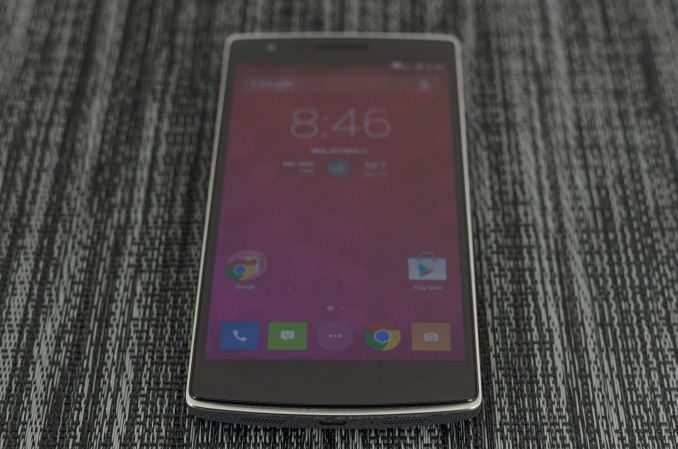
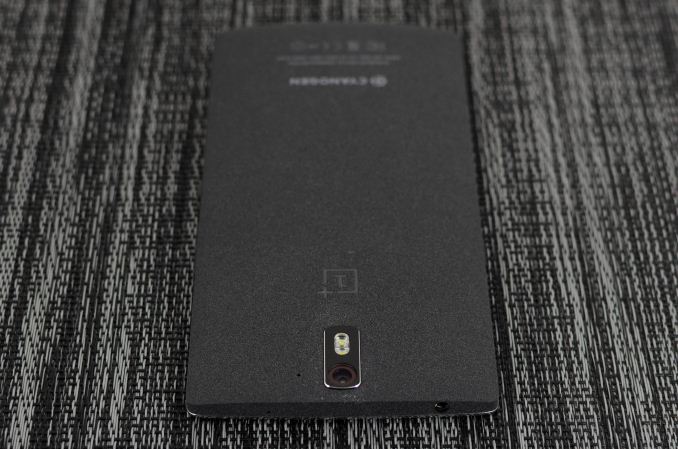
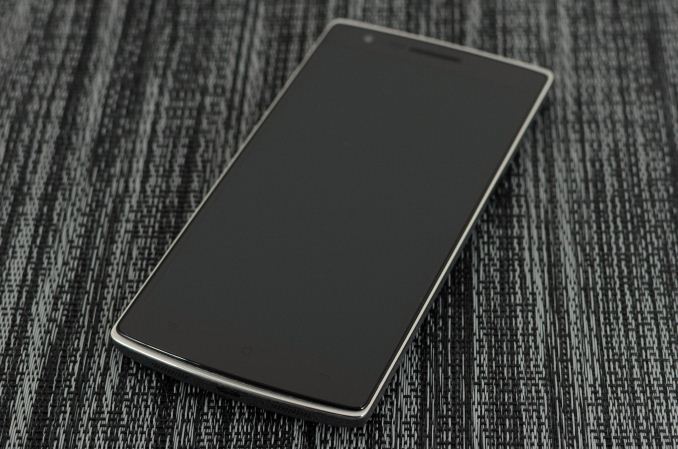
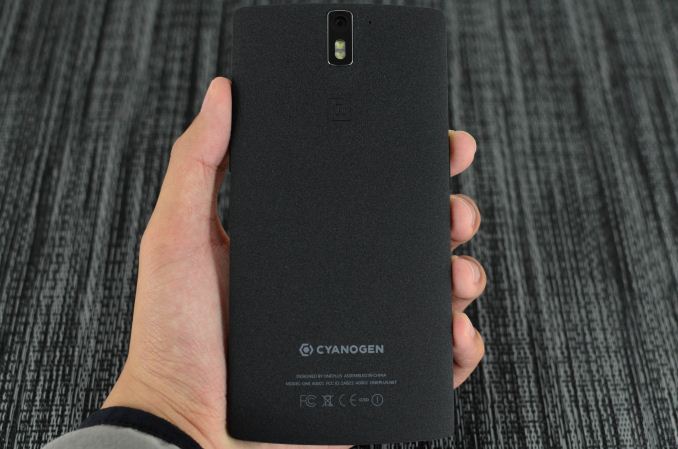
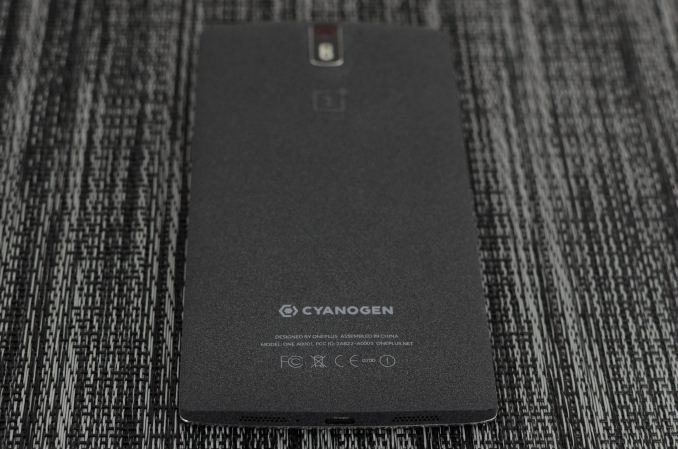








148 Comments
View All Comments
tipoo - Wednesday, November 19, 2014 - link
Was that meant as a reply to me? I know that, the N5 was a great example of this. Though the 6 is going back up to stupid pricing.tipoo - Wednesday, November 19, 2014 - link
Yes the authors "first" comment was wrong, but I meant about the "understand the market" bit, I'm guessing he means subsidized prices.Arbie - Wednesday, November 19, 2014 - link
A phablet with no microSD? These larger phones (and of course tablets) are what benefit from that the most, in their role as media players. I wouldn't even consider the OPO.coldpower27 - Wednesday, November 19, 2014 - link
64GB is already sufficiently large that a microSD isn't totally necessary. Less and less Android phones have this feature now. That has been the general trend now. Google is moving away from it with the Nexus 5/6/9, Apple never has had it in it's products.There are still some modern products that have it. Samsung GS5, Note 4, HTC One M8, LG G3.
cjs150 - Wednesday, November 19, 2014 - link
The idea that 64 G is enough is hilarious - this is a phone begging to be used as a media device whilst travelling. The reason for removing the microSD is a function of price. Phone/Tablet manufacturers massively overcharge for adding extra storage. It is also a function of the same manufacturers employing designers who, to put it simply, need to get out into the sunshine a bit more. Not everywhere has good access to the cloud, in fact huge chunks of the first world has poor or no access - and that is before you get started on the data cap that no doubt is written into your phone contractChaser - Wednesday, November 19, 2014 - link
What's hilarious is are people that believe 5" phone displays should be loaded up with movies and then used as miniature Imax viewers. It's a phone. It doesn't need 80 HD movies with Dolby Digital 7.1.jabber - Thursday, November 20, 2014 - link
Yeah if you are going on vacation, enjoy the vacation. Don't spend it watching crappy movies the whole time. You really don't need to carry masses of video and audio around.oliwek - Saturday, November 22, 2014 - link
Those recent phones have (micro)-USB OTG connectors. So it's possible to stock movies and music on USB thumb drives... I'd prefer to get the choice, though.oliwek - Saturday, November 22, 2014 - link
LG G2 had no SD card slot, G3 has got one. Same evolution for the HTC One. And Samsung flagships always had SD card slots. So this evolution is not so widespread (if you except Nexus models, and Apple tactics to let the customer pay more and more for enough NAND)..
slfisher - Monday, November 24, 2014 - link
I held off from getting a OnePlus for that reason for quite a while -- as well as the fact that it doesn't have a removable battery. I was really holding out for either a Google Play edition of the S5, or Lollipop on my existing S3. Since neither one was forthcoming, I went for the OnePlus because of the bare metal and the 64GB.